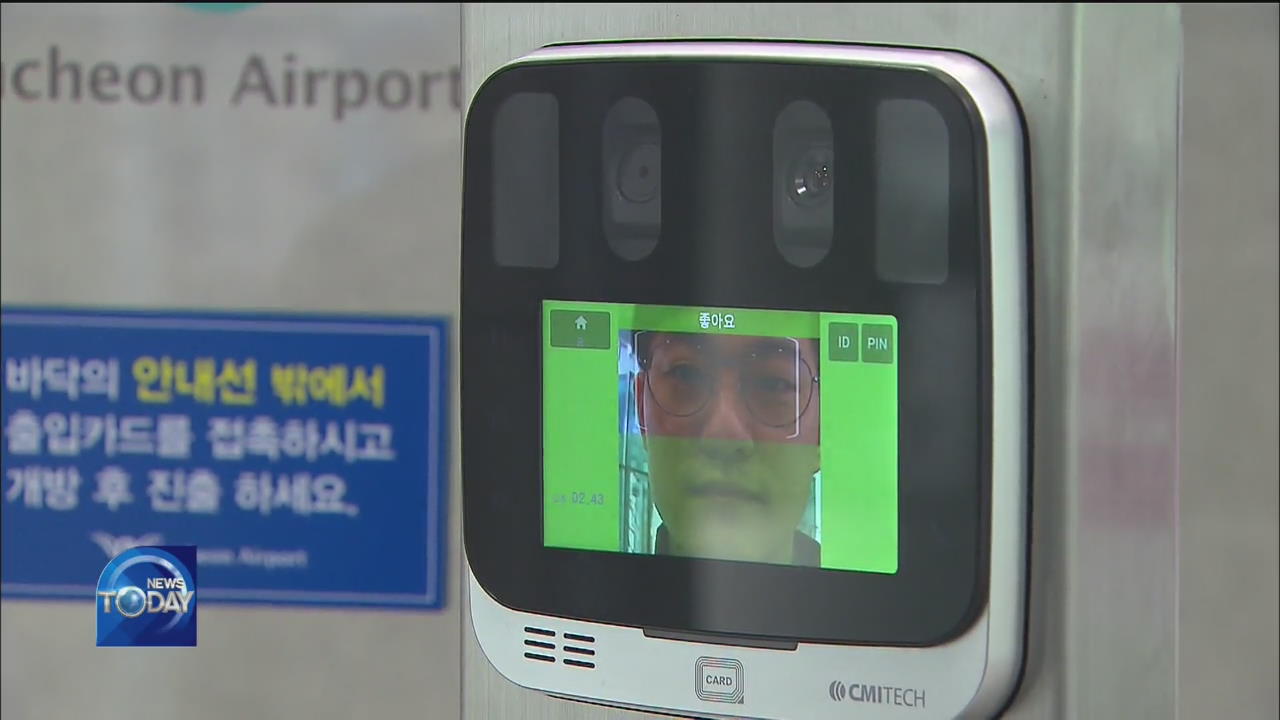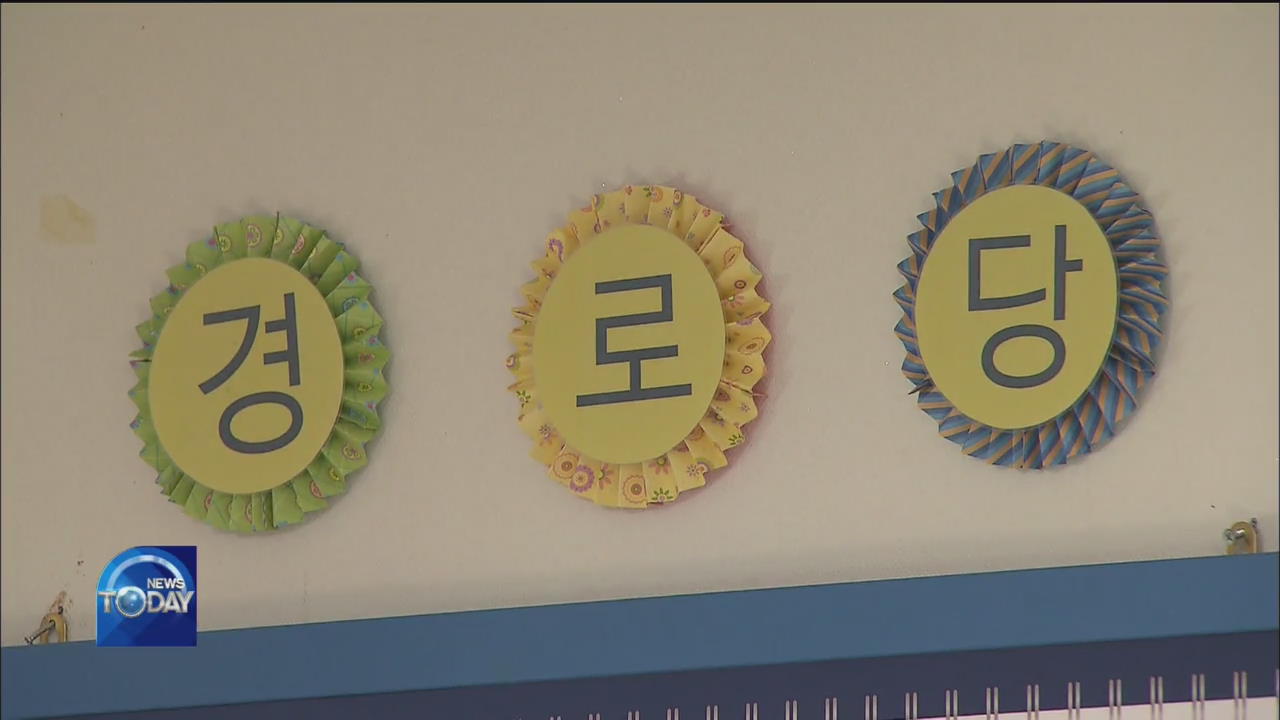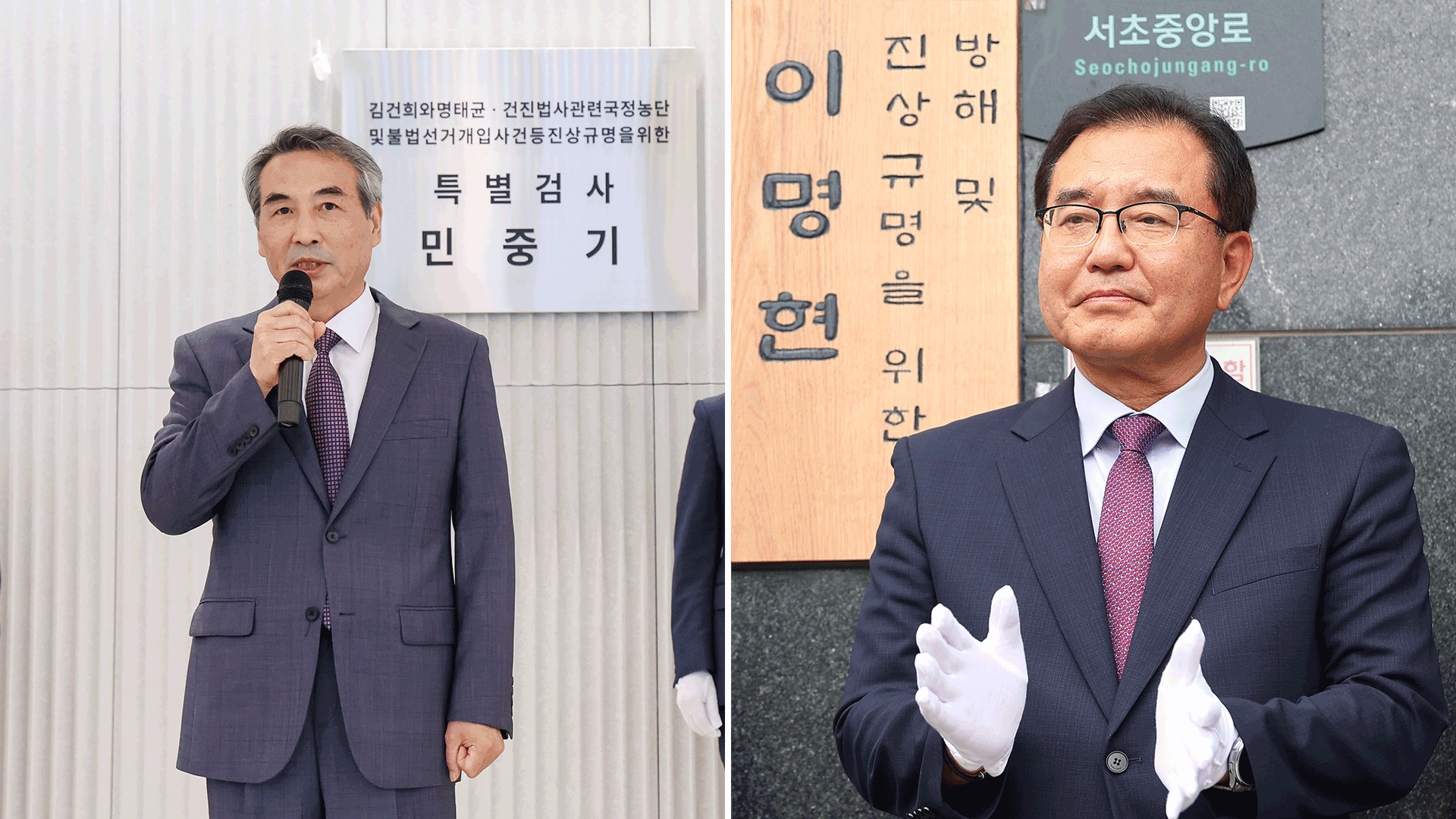KOREA'S BIOMETRIC AUTHENTICATION TECHNOLOGY
입력 2020.01.31 (15:30)
수정 2020.01.31 (17:13)
읽어주기 기능은 크롬기반의
브라우저에서만 사용하실 수 있습니다.
[Anchor Lead]
Fingerprints, iris patterns and veins are used as security authentication characteristics. But one of the drawbacks of this technology based on images, is that the data images can be duplicated. But now a team of Korean scientists has developed a biometric authentication technology, based on the muscles and bones inside the human body, making it impossible to copy the images.
[Pkg]
A passenger identification service adopted by domestic airlines.
[Soundbite] "Thank you. Goodbye."
Palm vein pattern, just as unique as fingerprints, is used. Some offices use iris pattern identification instead of ID cards to grant access. But such image-based security measures can be breached through duplication. That's why a team of Korean scientists developed a new, more secure authentication technology. Electric or vibrating signals sent to the fingers are altered when they pass through the bones, muscles or blood vessels. Duplication is virtually impossible as everyone has different signals.
[Soundbite] SHIM JU-YONG(ELECTRONICS AND TELECOMMUNICATIONS RESEARCH INSTITUTE) : "Unlike the conventional image-based techniques, we use complex characteristics of cells or tissues."
Clinical tests showed an accuracy rate of more than 99%. The miniaturized versions of this ID tool can be fitted into smartphones, computers, or even doorknobs.
[Soundbite] AHN CHANG-GEUN(ELECTRONICS AND TELECOMMUNICATIONS RESEARCH INSTITUTE) : "It's highly secure. This technique also has extensive applications since it can be used on various parts of the body."
The team plans to transfer this technology to a private firm and enter the global biometric identification market worth some seven trillion won annually.
Fingerprints, iris patterns and veins are used as security authentication characteristics. But one of the drawbacks of this technology based on images, is that the data images can be duplicated. But now a team of Korean scientists has developed a biometric authentication technology, based on the muscles and bones inside the human body, making it impossible to copy the images.
[Pkg]
A passenger identification service adopted by domestic airlines.
[Soundbite] "Thank you. Goodbye."
Palm vein pattern, just as unique as fingerprints, is used. Some offices use iris pattern identification instead of ID cards to grant access. But such image-based security measures can be breached through duplication. That's why a team of Korean scientists developed a new, more secure authentication technology. Electric or vibrating signals sent to the fingers are altered when they pass through the bones, muscles or blood vessels. Duplication is virtually impossible as everyone has different signals.
[Soundbite] SHIM JU-YONG(ELECTRONICS AND TELECOMMUNICATIONS RESEARCH INSTITUTE) : "Unlike the conventional image-based techniques, we use complex characteristics of cells or tissues."
Clinical tests showed an accuracy rate of more than 99%. The miniaturized versions of this ID tool can be fitted into smartphones, computers, or even doorknobs.
[Soundbite] AHN CHANG-GEUN(ELECTRONICS AND TELECOMMUNICATIONS RESEARCH INSTITUTE) : "It's highly secure. This technique also has extensive applications since it can be used on various parts of the body."
The team plans to transfer this technology to a private firm and enter the global biometric identification market worth some seven trillion won annually.
■ 제보하기
▷ 카카오톡 : 'KBS제보' 검색, 채널 추가
▷ 전화 : 02-781-1234, 4444
▷ 이메일 : kbs1234@kbs.co.kr
▷ 유튜브, 네이버, 카카오에서도 KBS뉴스를 구독해주세요!
- KOREA'S BIOMETRIC AUTHENTICATION TECHNOLOGY
-
- 입력 2020-01-31 15:31:27
- 수정2020-01-31 17:13:17

[Anchor Lead]
Fingerprints, iris patterns and veins are used as security authentication characteristics. But one of the drawbacks of this technology based on images, is that the data images can be duplicated. But now a team of Korean scientists has developed a biometric authentication technology, based on the muscles and bones inside the human body, making it impossible to copy the images.
[Pkg]
A passenger identification service adopted by domestic airlines.
[Soundbite] "Thank you. Goodbye."
Palm vein pattern, just as unique as fingerprints, is used. Some offices use iris pattern identification instead of ID cards to grant access. But such image-based security measures can be breached through duplication. That's why a team of Korean scientists developed a new, more secure authentication technology. Electric or vibrating signals sent to the fingers are altered when they pass through the bones, muscles or blood vessels. Duplication is virtually impossible as everyone has different signals.
[Soundbite] SHIM JU-YONG(ELECTRONICS AND TELECOMMUNICATIONS RESEARCH INSTITUTE) : "Unlike the conventional image-based techniques, we use complex characteristics of cells or tissues."
Clinical tests showed an accuracy rate of more than 99%. The miniaturized versions of this ID tool can be fitted into smartphones, computers, or even doorknobs.
[Soundbite] AHN CHANG-GEUN(ELECTRONICS AND TELECOMMUNICATIONS RESEARCH INSTITUTE) : "It's highly secure. This technique also has extensive applications since it can be used on various parts of the body."
The team plans to transfer this technology to a private firm and enter the global biometric identification market worth some seven trillion won annually.
Fingerprints, iris patterns and veins are used as security authentication characteristics. But one of the drawbacks of this technology based on images, is that the data images can be duplicated. But now a team of Korean scientists has developed a biometric authentication technology, based on the muscles and bones inside the human body, making it impossible to copy the images.
[Pkg]
A passenger identification service adopted by domestic airlines.
[Soundbite] "Thank you. Goodbye."
Palm vein pattern, just as unique as fingerprints, is used. Some offices use iris pattern identification instead of ID cards to grant access. But such image-based security measures can be breached through duplication. That's why a team of Korean scientists developed a new, more secure authentication technology. Electric or vibrating signals sent to the fingers are altered when they pass through the bones, muscles or blood vessels. Duplication is virtually impossible as everyone has different signals.
[Soundbite] SHIM JU-YONG(ELECTRONICS AND TELECOMMUNICATIONS RESEARCH INSTITUTE) : "Unlike the conventional image-based techniques, we use complex characteristics of cells or tissues."
Clinical tests showed an accuracy rate of more than 99%. The miniaturized versions of this ID tool can be fitted into smartphones, computers, or even doorknobs.
[Soundbite] AHN CHANG-GEUN(ELECTRONICS AND TELECOMMUNICATIONS RESEARCH INSTITUTE) : "It's highly secure. This technique also has extensive applications since it can be used on various parts of the body."
The team plans to transfer this technology to a private firm and enter the global biometric identification market worth some seven trillion won annually.
이 기사가 좋으셨다면
-
좋아요
0
-
응원해요
0
-
후속 원해요
0

















이 기사에 대한 의견을 남겨주세요.